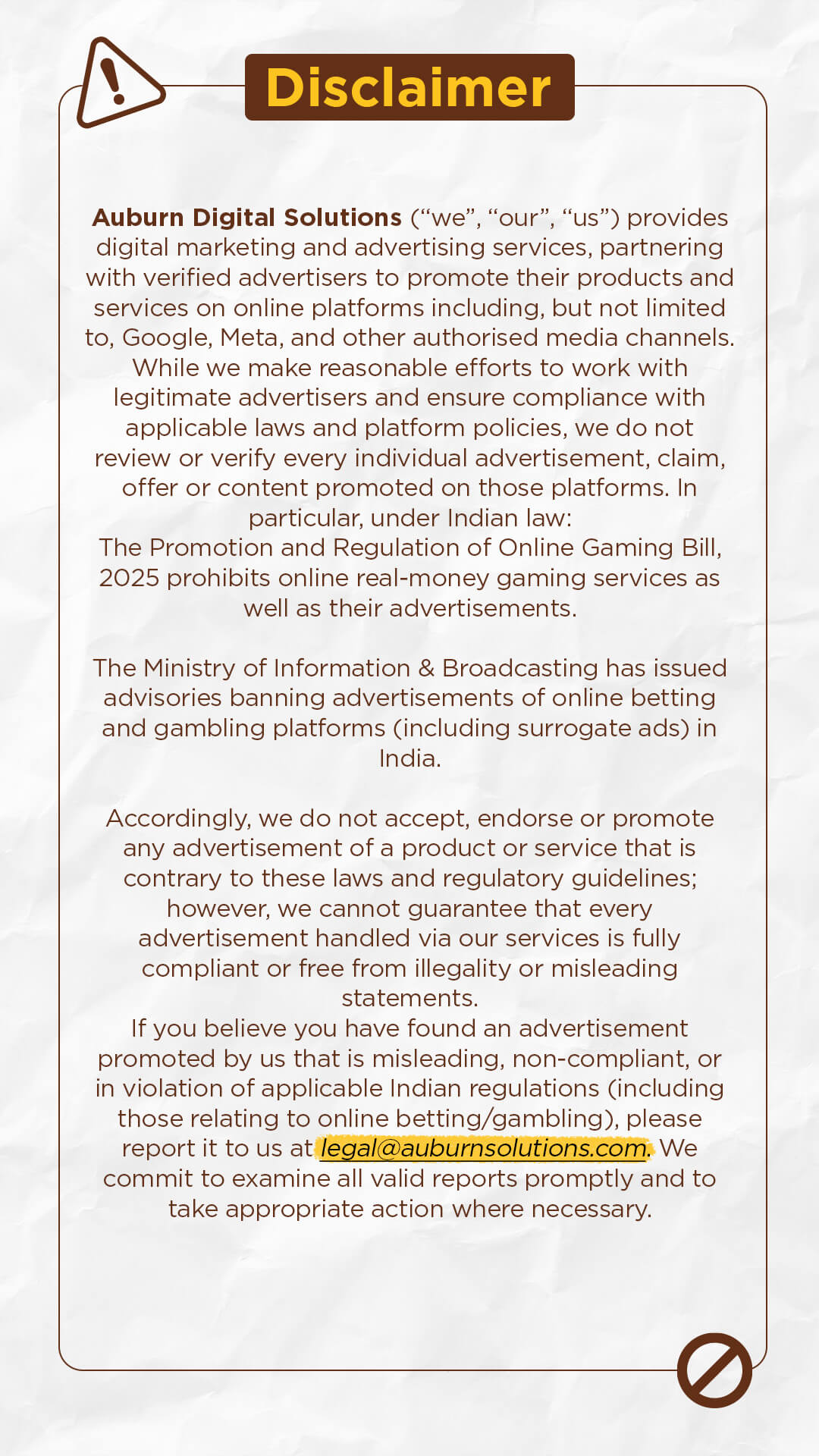Voice, Video, Vernacular - building the 3 V's is now critical for brands. Are marketers ready?
Team Auburn
April 05,2022

There are three rapidly emerging trends which are fast defining the changing digitalscape in India, and across the world. We discuss a few points below, which paint a fascinating picture of the shifting trends of digital media consumption, among a wide cross section of audiences across the country.
Vernacular is the new flavor of the day, on search, social, and …. on the metaverse. Popular Indian singer Daler Mehndi became the first Indian to buy land on the metaverse. He named it 'Balle Balle Land'. Bollywood production company Pooja Entertainment became the first Indian company on the metaverse with the launch of its property called ‘Poojaverse’. Popular entertainment providers have always had their pulse on the interests of audiences, and their offerings are often a reliable barometer, mirroring what’s happening in society. Both these developments are indicative of how vernacular has become firmly mainstream in the Indian digitalscape. According to Google, 86% of users in India, use regional language searches.
The rise of video traffic in India and across the world continues unabated. According to Statista, as per the data of January 2022, Indian audiences have become largest consumers of YouTube in the world, with approximately 467 million users engaging with this social video platform. The United States comes next with around 247 million YouTube viewers. This difference of approximately 220 million is dramatically significant for marketers, media planners and all companies whose business require repeated engagement with stakeholders. Indian audiences between the ages of 16 to 64 have been spending over 7 hours per day (average per user). The corresponding figure of approximate daily TV viewing time per day is around 3.5 hours. (Source Statista). Increasingly, more and more data points like these, are firmly establishing the fact that digital media is by far the most effective route for planning, and executing high ROI marketing campaigns.
The rapid growth of OTT platforms in India like Netflix, Hotstar, Prime Video, Zee5, SonyLiv, MX Player have raised the bar for quality of content, and further spiked volumes of consumption. Many of these platforms command enviable viewership loyalty, and are fast emerging as the ad platforms of choice for media planners and marketers. A CII-BCG report on OTT platforms mentions that India had 70-80 million paid subscribers at the end of 2021.
Voice, the new kid on the block, is packing a powerful punch now. Voice search queries in India are growing at 270% per year, according to a report published by the Mobile Marketing Association (MMA) last year. Current statistics show that 41% of adults use voice search at least once per day. According to Google, approximately 27% of all smartphone users use voice search on their devices. (Data source Google).
In 2021, voice streaming platform Spotify achieved 350 million active monthly users globally, with 155 million paid subscribers and attributed a great deal of importance to India, calling India a ‘notable source of growth’. India’s podcasters now comprise of more than 40 multilingual podcast companies which cover multiple languages and genres.
While the key dynamics of voice audiences are still emerging, it is quite certain that vernacular languages will be a significant driver of growth. Technology companies are offering Indian language integration in voice assistants, and since India is primarily a multilingual country, this is pushing adoption even faster. In the cricket season of 2019, Google Assistant received over 100 million cricket queries for news and live score updates. Voice-enabled technology is easier than typing as it replicates a normal conversation. Clearly, voice tech has been a strong enabling factor for people across all ages groups to enhance digital activity.
At Auburn, we now see an increasing number of clients who want to include the 3 V’s in their digital marketing campaigns, and we feel that it’s a good sign that brands and marketers are responding to the changing media consumption patterns of consumers.




